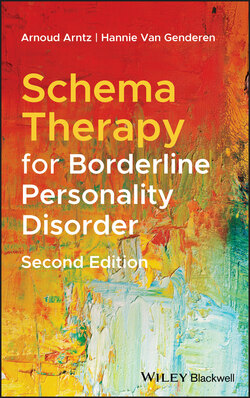Читать книгу Schema Therapy for Borderline Personality Disorder - Hannie van Genderen - Страница 32
The happy child
ОглавлениеThe Happy Child mode, or Happy Nora, is very weak in the beginning of therapy, because this part was always criticized or even forbidden by the punitive parent mode. Self‐expression was always suppressed and punished.
Happy Nora feels happy, relaxed, accepted, loved, and playful. She is satisfied with her life (See ST step by step 5.06).
She believes that she can trust other people and feels attached to them. She thinks that the serious things in life, like work and housekeeping, must alternate with relaxing and doing things you like.
When in this mode she does things that are funny and pleasant, like playing with friends or children, visiting theme parks, or going to the cinema. She is curious to experience new things.
The purpose in therapy is to intensify activities to bring up Happy Nora. Most BPD patients have no idea how to trigger their Happy Child mode, because they never were allowed to make fun. In the beginning of therapy, it is difficult to feel good and relaxed because of the detached protector and the punitive parent. When she is in the detached protector, the patient doesn't feel anything at all. If you suppress your bad feelings, you also suppress all good feelings. It is important to explain this to your patients in order to ask the detached protector to diminish. If the punitive parent is activated, making fun or playing is seen as ridiculous and silly or even seen as a proof of being worthless and stupid. If this happens the therapist should fight the punitive parent first in order to make space for the happy child.
